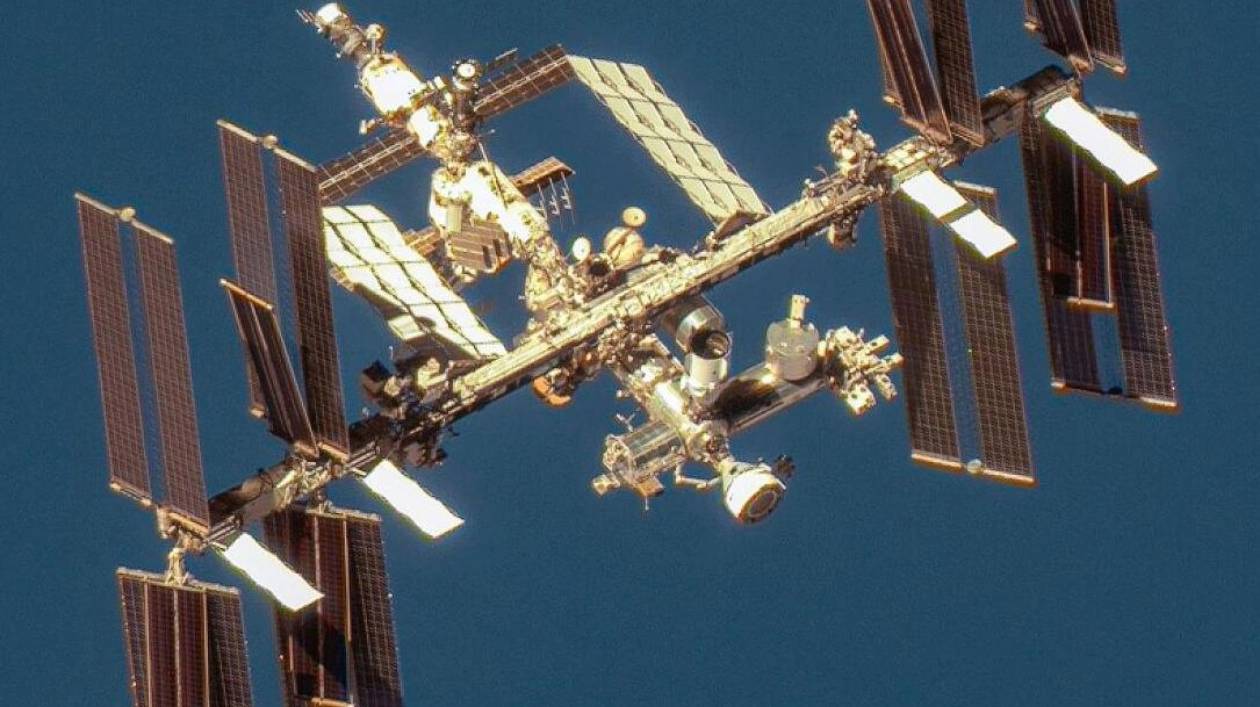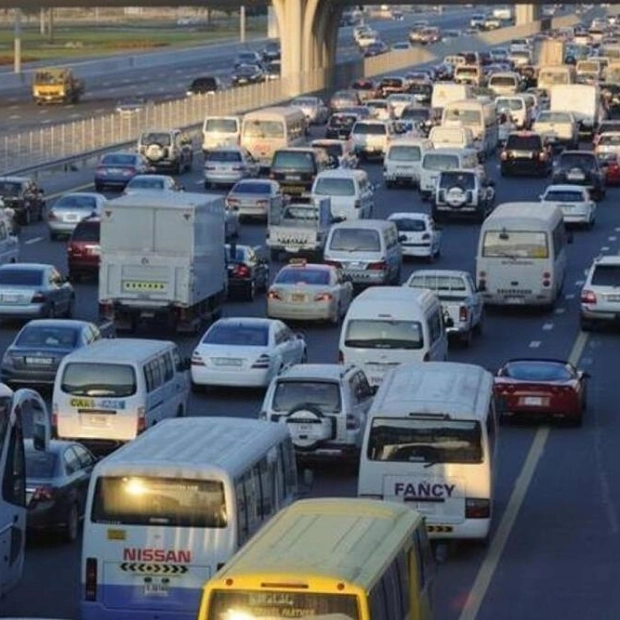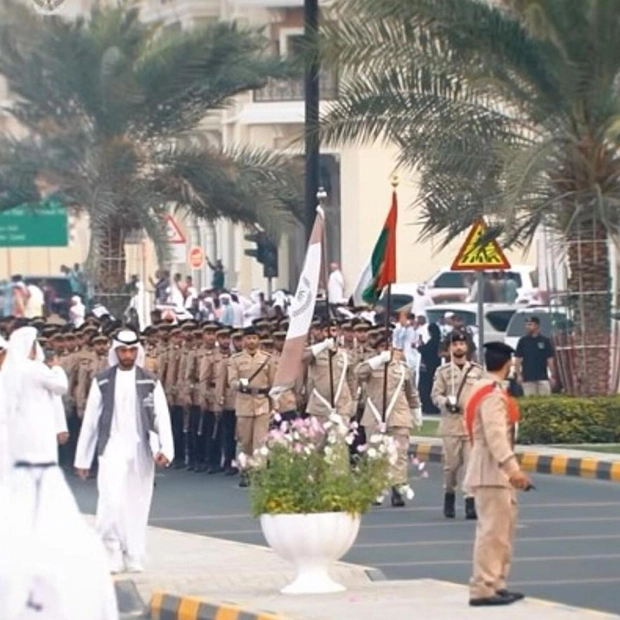A defunct Russian satellite has disintegrated into over 100 pieces of debris in orbit, prompting astronauts aboard the International Space Station to seek shelter for approximately an hour. This incident contributes to the growing issue of space debris, according to U.S. space agencies. The cause of the fragmentation of the RESURS-P1 Russian Earth observation satellite, which was deemed non-operational in 2022, remains unclear. U.S. Space Command, monitoring the debris, reported no immediate danger to other satellites. The event occurred at approximately 10 a.m. Mountain Time on Wednesday, close to the space station's orbit, leading NASA astronauts to take refuge in their spacecraft for about an hour. Roscosmos, the operator of the satellite, has yet to comment. Radars from LeoLabs, a U.S. space tracking company, observed the release of several fragments until 6 p.m. Mountain Time. U.S. Space Command identified over 100 pieces of trackable debris from the satellite. Such large debris-generating events are rare but increasingly concerning as space becomes more congested with essential satellite networks and inactive satellites. In 2021, Russia faced criticism from the U.S. and other Western nations for destroying one of its defunct satellites with a ground-based anti-satellite missile, generating thousands of pieces of debris. The Plesetsk site, from which the missile was launched, was one of many locations the RESURS-P1 passed over during its initial break-up, but there were no indications of a missile launch. Analysts suggest the break-up might have been due to a satellite malfunction, such as residual fuel causing an explosion. Old satellites typically either remain in orbit until they burn up in Earth's atmosphere or are moved to a 'graveyard orbit' to reduce the risk of collisions with active satellites. Roscosmos decommissioned RESURS-P1 in 2021 due to equipment failures, and it has since appeared to be descending through layers of other active satellites for eventual atmospheric reentry. The six U.S. astronauts on the space station were instructed by NASA mission control to execute 'safe haven' procedures, where they took shelter in their respective spacecraft. After about an hour, they resumed their normal activities on the station. The increasing risk of satellite collisions and space warfare has heightened the need for an international mechanism to manage space traffic, which currently does not exist.

Text: Lara Palmer
27.06.2024
Astronauts on International Space Station Take Shelter Amidst Growing Concerns Over Space Junk





